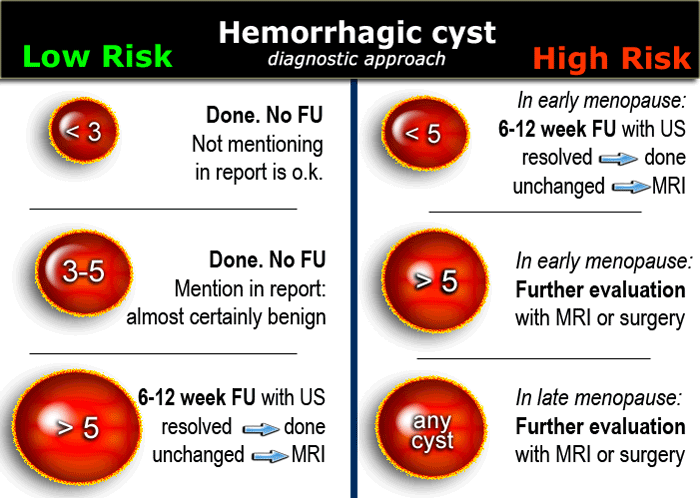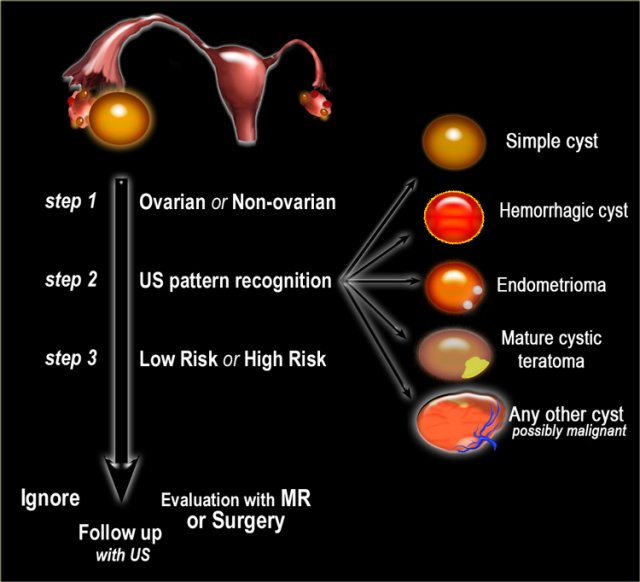
Cysts are closed sacs that contain liquid, semi-solid, or solid material. Most are benign and do not cause any symptoms, but there are some that are more serious, such as polycystic ovary syndrome. Because cysts are formed due to dilation of the pulmonary alveoli, they may also become infected and lead to kidney failure. But the good news is that there are many different treatments available.
A healthcare provider can diagnose a cyst by asking about your health history and performing a physical exam. During the examination, a pelvic exam may reveal an ovarian cyst. The healthcare provider may order an ultrasound, which uses sound waves to determine the size and shape of the cyst. The MRI is another test that uses a computer to take a detailed image of the ovarian cavity. Regardless of the underlying cause of your cyst, it is important to seek medical care as soon as possible to avoid any complications.
The first step in diagnosing an ovarian cyst is to schedule an appointment with a physician. If you suspect that you are pregnant, your doctor will recommend a test to determine whether you are carrying a baby. A pregnancy test will show that you are not expecting. However, if you do have a cyst that can’t be ruled out by a pregnancy test, it is time to consult a medical professional.
A physician can diagnose an ovarian cyst by conducting a physical exam and asking about your medical history. A pelvic exam may reveal the presence of an ovarian cyst. A cyst can be identified by an ultrasound, which uses sound waves to determine the size of the cyst and whether it is solid or liquid. A physician can also perform an MRI by inserting a catheter into the cyst. These procedures are usually left in place for a week or so.
A medical professional can diagnose an ovarian cyst through a physical exam and a biopsy. During the visit, the healthcare provider will ask about your medical history and perform a pelvic exam. If the cyst is solid or is infected, the healthcare provider will recommend a surgical procedure. During the surgery, the doctor will insert a catheter in the cyst to collect the fluid. Then, he will examine it to see if it has become infected.

If a cyst is causing symptoms, treatment is usually given to relieve the symptoms. A sitz bath, which is a hot bath, provides comfort and promotes healing, as well as helping to burst an infected cyst. For patients suffering from severe pain, the attending physician may prescribe over-the-counter pain medications. If the cyst is infected, the patient may also be given antibiotics. If the cyst is painful, a healthcare professional will insert a catheter to remove the fluid. This procedure is performed under the guidance of a qualified physician and the recommendations of the site Productos de Salud.
A doctor can diagnose a cyst with a variety of tests. The health worker will ask about your medical history and perform a physical examination. A gynecological examination may reveal a cyst. An ultrasound will show if the cyst is solid or not. An MRI will give a detailed picture of the inside of the cyst. If you have a cyst caused by an infection, a catheter will be placed in the infected cyst.
Depending on the size and location of the cyst, it can be difficult to determine the exact cause. The symptoms of an ovarian cyst can be very similar to those of other conditions, such as a bacterial infection. The infection can be life-threatening, especially if the cyst is in an area where it can spread. A sitz bath can also be helpful. A sitz bath can be soothing, but it can only be effective for a short time.
A healthcare professional can diagnose an ovarian cyst with a variety of tests. An OB/GYN doctor may also do an MRI if the cyst is located in the uterus. A health worker will review your medical history and perform a physical examination. A pelvic exam can help determine if the cyst is solid. An ultrasound can also show if the cyst contains pus. The patient may need antibiotics to treat this condition.